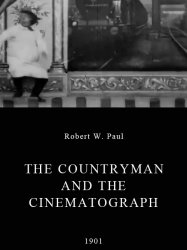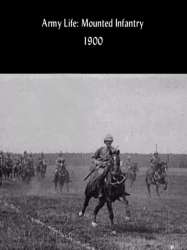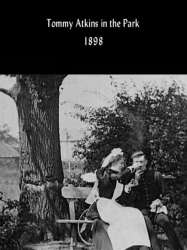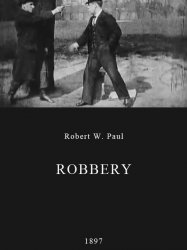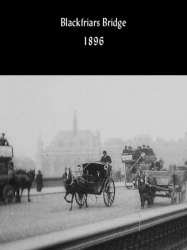The Twins' Tea Party is a British film directed by Robert W. Paul
The Twins' Tea Party
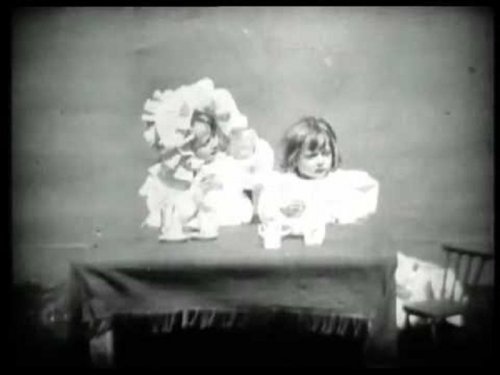
If you like this film, let us know!
The Twins' Tea Party is an 1896 British short silent actuality film, produced and directed by Robert W. Paul, featuring twin girls squabbling over a piece of cake at a tea party. The film, "was one of the very first 'facials'," which according to Michael Brooke of BFI Screenonline was, "a popular genre in early British cinema that exploited what to 1896 audiences was the astonishing novelty of being able to see moving images of recognisable people in medium close-up as they reacted to a particular situation." John Barnes, author of The Beginnings of the Cinema in England, adds that, "this charming one-shot film of two infant girls reluctantly sharing tea was one of the most popular items exhibited in R.W. Paul's programmes at the Alhambra Theatre in 1896." It was remade in 1898.
Comments
Leave comment :
Suggestions of similar film to The Twins' Tea Party
There are 13 films with the same director, to have finally 13 suggestions of similar films.If you liked The Twins' Tea Party, you will probably like those similar films :

Directed by Robert W. Paul
Origin United-kingdom
Genres Comedy, Documentary
Themes Sports films
Rating51%





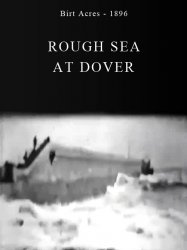
Directed by Birt Acres, Robert W. Paul
Origin United-kingdom
Genres Documentary
Themes Documentary films about nature
Rating52%





Une mer forte lance de puissantes lames à l’assaut de la digue de Douvres. Le film, prévu pour être visionné individuellement sur les kinétoscopes contrefaits, est enregistré certainement entre 30 et 40 images par seconde, ce qui, par la suite avec les appareils de projection qui tournent à l'époque à 16 images par seconde, donne un rendu impressionnant, dû au ralenti .
 Connection
Connection
